
1984 was a huge year for Hollywood movies, rivaled perhaps only by 1982. Like the toys, comics, cartoons, and music of that year, so many of the ’84 films have a staying power that’s simply uncanny. The following list isn’t about the best films of 1984. Otherwise, Amadeus would be on this list (And just maybe, The Muppets Take Manhattan.) These are the movies with the most pop culture staying power released in 1984. Films that are still getting sequels, selling merchandise, or are just constantly referenced in other media. Let’s go through them in release order.
Footloose (February 17)
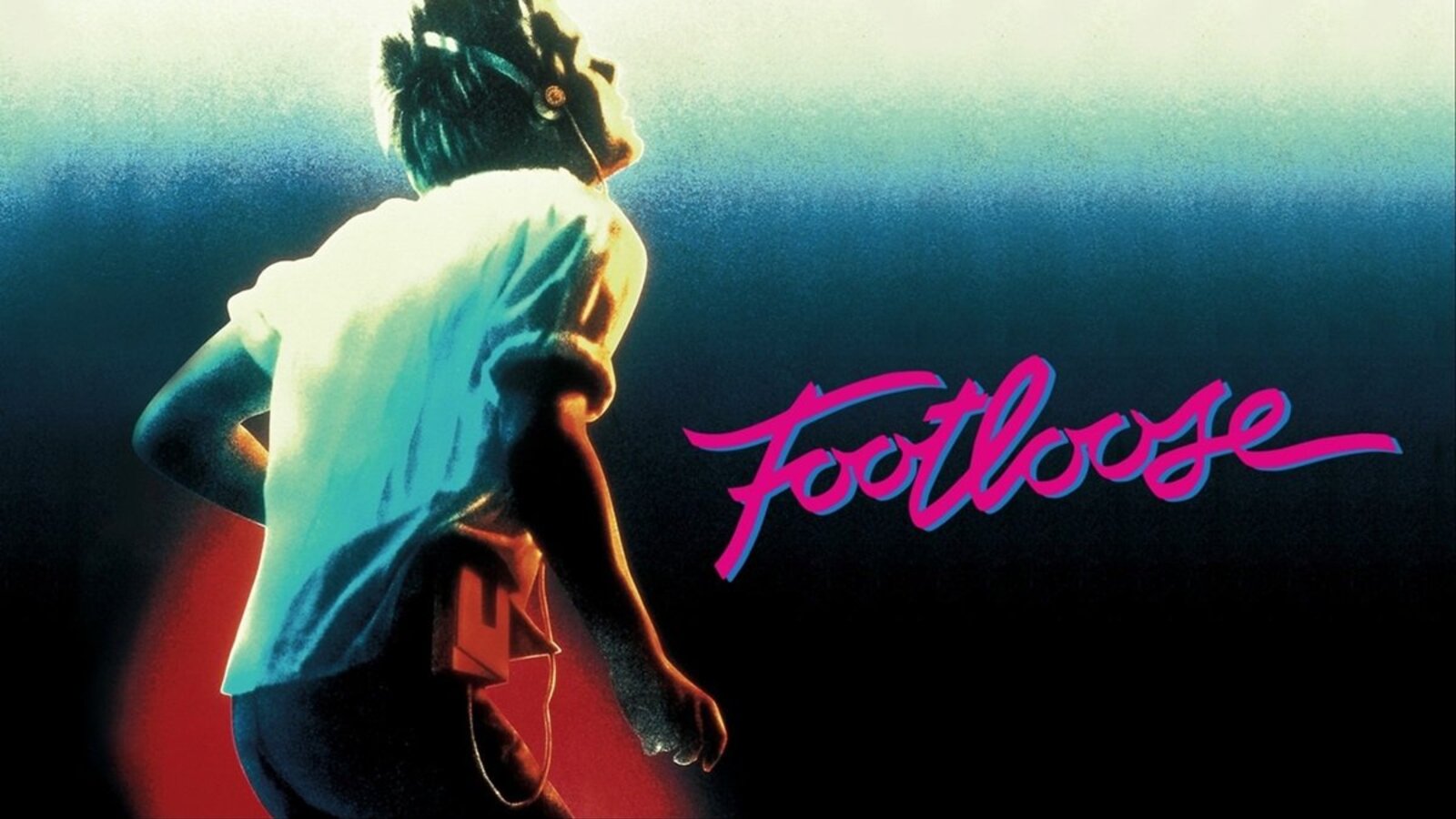
Director Herbert Ross’ Footloose was one of many surprise hits of the year that no one saw coming. It centered on a big city kid named Ren (Kevin Bacon) who moves to a rural small town where dancing has been outlawed. It was hilariously made illegal by a local minister (John Lithgow). Footloose was loosely on a true story about a small Midwestern town that had a law against dancing. Kevin Bacon’s character shows the town that dancing is great, falls in love, and busts a move in a rousing finale.
Footloose left quite a footprint (pun fully intended). First, this little musical comedy/drama made Kevin Bacon a bankable star, which he remains to this day. But it eventually gave birth to a Broadway musical adaptation and a remake in 2010. Maybe its biggest legacy is that it popularized the idea of the soundtrack pre-selling the film. Three songs from the movie became some of the biggest hits of 1984. And as Star-Lord reminded us in Guardians of the Galaxy, the legend of Kevin Bacon in Footloose reaches even beyond the stars.
This Is Spinal Tap (March 2)
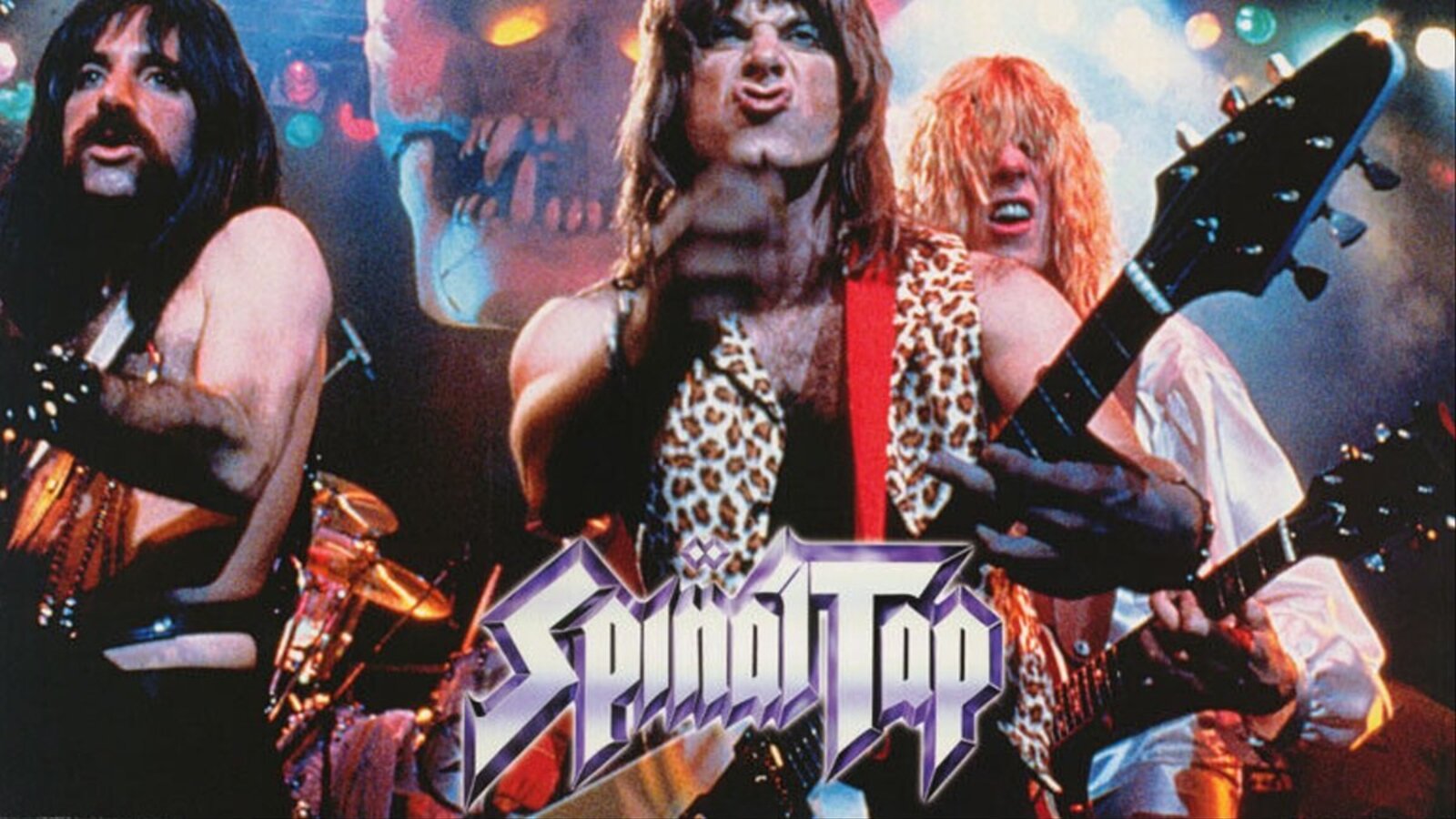
In the ‘70s, several self-serious documentaries came out about rock bands and musicians. There were movies with titles like This is Elvis, that treated their subjects like deities. So director Rob Reiner skewered them all with a satirical documentary film about a fictitious British rock band called Spinal Tap. This Is Spinal Tap came out to little fanfare in its theatrical run, making only $4 million at the box office. But like many great cult movies of the time, it discovered its audience on VHS and cable.
What an afterlife it continues to have! This is Spinal Tap changed former sitcom actor Rob Reiner from “that guy from All in the Family” into one of Hollywood’s biggest directors. The film also created the mockumentary format and later got an induction into the National Film Registry. Its co-writer and star, Christopher Guest, made a whole career out of making similar mockumentaries, including Waiting for Guffman and Best in Show. And with a sequel coming this year, we’d say its legacy in pop culture is among the biggest on this list. We also have this film to thank for the term “up to eleven,” which is now in the Oxford Dictionary.
Friday the 13th: The Final Chapter (April 13)
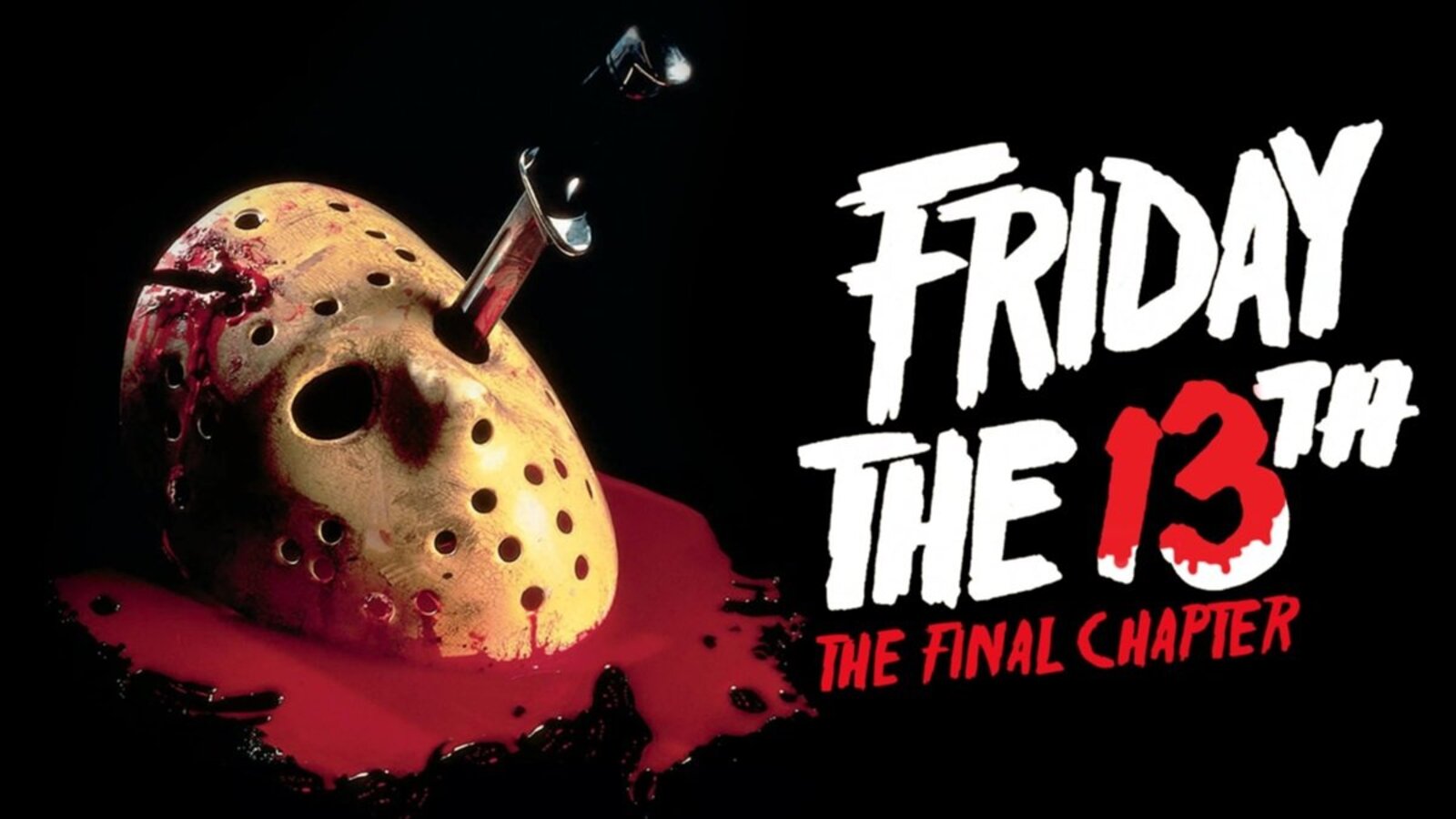
The Friday the 13th franchise was always profitable for Paramount. They could make these summer camp slasher movies for peanuts, and teenagers would turn out every year for their gory thrills. In fact, every entry up until this point made triple its budget. However, the studio was always slightly embarrassed by the franchise and its exploitation movie roots. So they intended to close things out with the fourth and “Final” chapter in 1984. Director Frank Zito pulled out all the stops to make this last Friday film the goriest and best one yet… and that endeavor was successful.
Somehow, Part 4 became the best one in the franchise thus far, despite the ”Final Chapter” in the title. So it meant this series would keep pressing forward with eight more movies and another sequel in developmental hell. Jason Voorhees is now a slasher icon and a TV series called Camp Crystal Lake is in development. This is all because the movie meant to finish things was so satisfying that the franchise couldn’t stop.
Indiana Jones and the Temple of Doom (May 23)
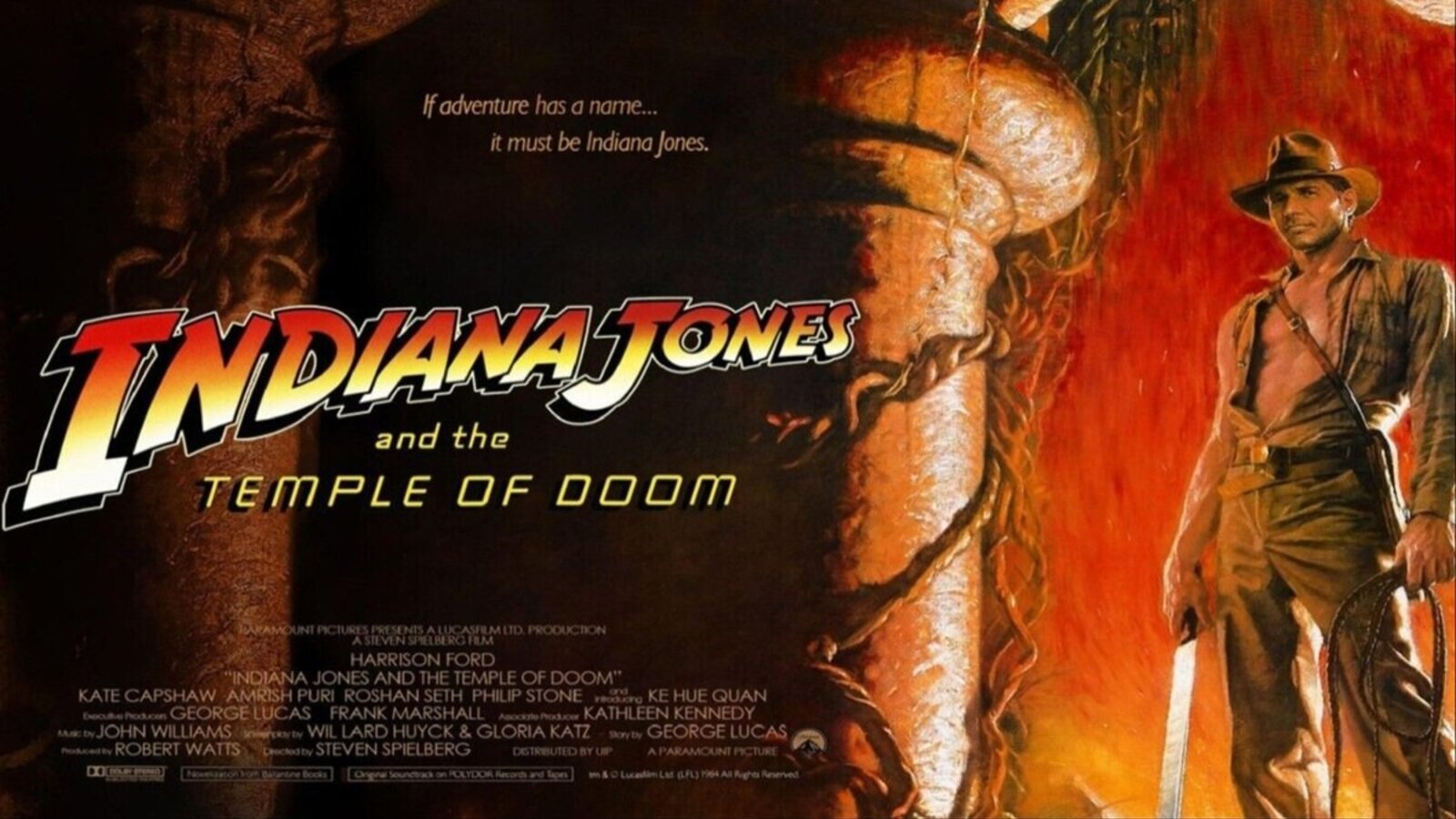
Raiders of the Lost Ark (1981) is no doubt the far superior film in the Indy series. Steven Spielberg, George Lucas, and Harrison Ford created an instant big-screen icon with archeologist/adventurer Indiana Jones. We’d still be talking about Indy, even without the sequels. But with the second, more horror-infused installment, Indiana Jones and the Temple of Doom, Spielberg and company proved that the first crack of the whip was no fluke. Temple of Doom gave us Ke Huy Quan as Short Round, and we’re forever thankful.
Its success of course led to the third installment, The Last Crusade, but also a TV spin-off, a theme park ride at Disneyland, and two legacy sequels, one of which only came out in 2023. The announcement of the Indiana Jones and the Great Circle video game coming soon further affirms that Indy is sticking around as a brand.
Star Trek III: The Search for Spock (June 1)
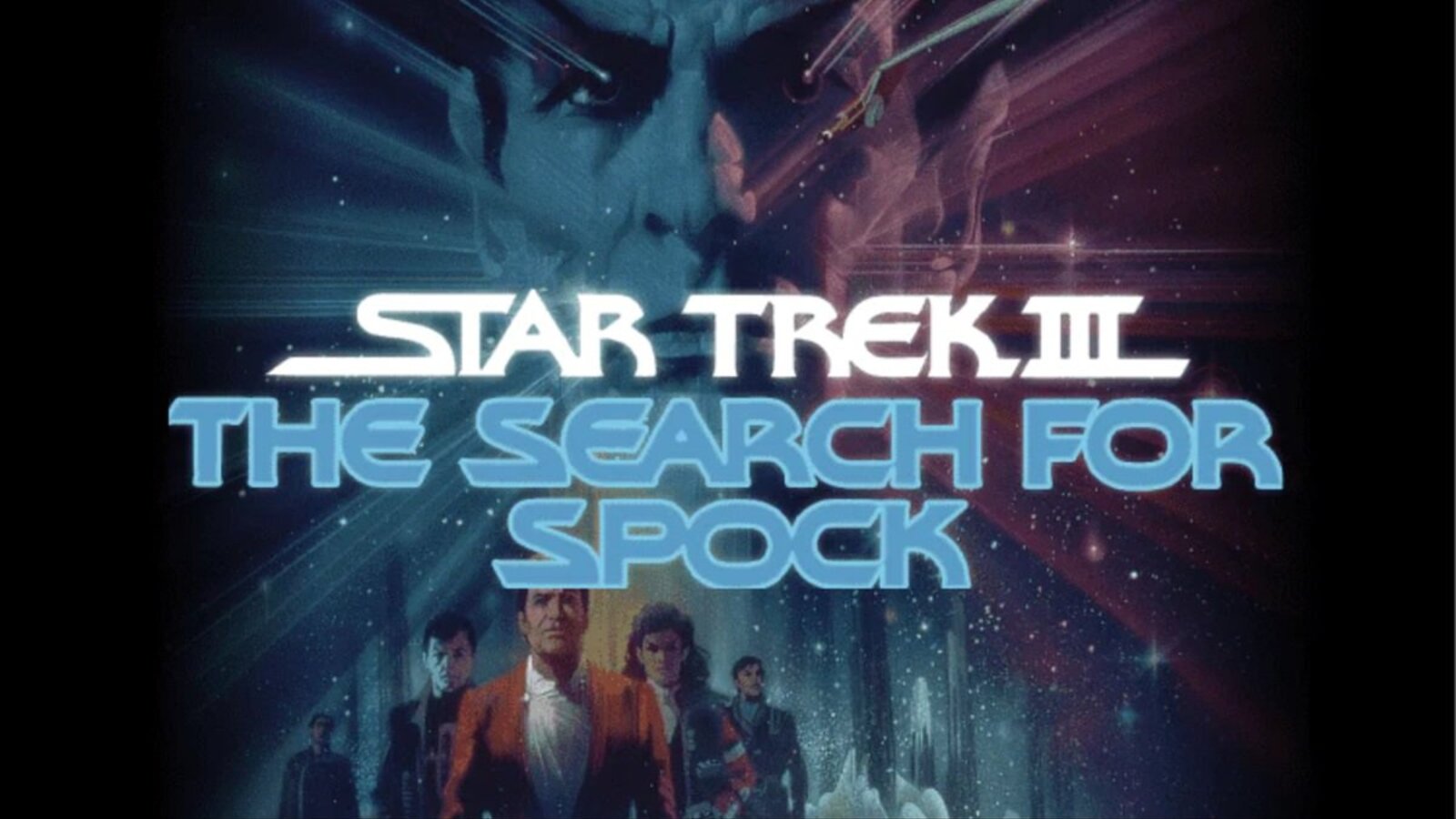
The Search for Spock is not as great as the two Star Trek movies it is sandwiched between, The Wrath of Khan and The Voyage Home. But audiences were eager to see if their beloved Vulcan Mr. Spock would return from the dead after the shocking ending of the previous film. Spock actor Leonard Nimoy directing probably tipped viewers off that he’d be back. But everyone wanted to know how. The film mostly delivered high-stakes adventure for Admiral Kirk (William Shatner) and the crew of the starship Enterprise. It was a box office success, making nearly as much as the previous film.
By the end of the film, the words “…and the adventure continues” appear on screen. This proved Star Trek was here to stay as a franchise. That was not a certainty with either of its big-screen predecessors, both of which were thought to be the “last” Star Treks films when they went into production. Without its success, there’s likely no Star Trek: The Next Generation, much less any of the other spin-offs we’ve enjoyed for decades now. It also began the prolific directing career of Leonard Nimoy. That’s not bad for an oft-overlooked Star Trek entry.
Ghostbusters (June 8)
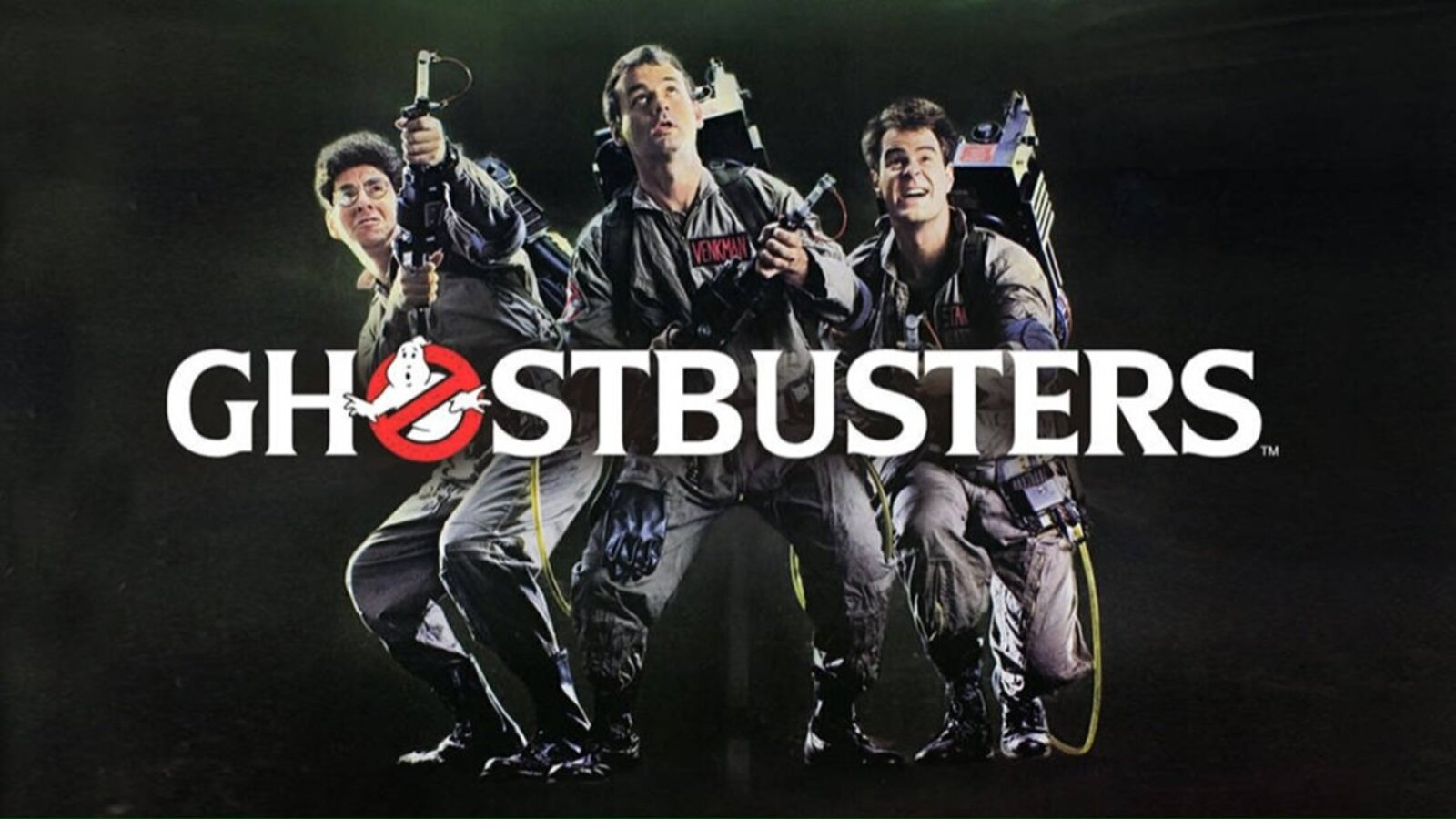
Ivan Reitman’s Ghostbusters was a massive success in the summer of ’84, dominating the box office week after week. Everything about this supernatural comedy just worked, from a perfect cast at their comedic peak, particularly Bill Murry, to one iconic moment after another, Ghostbusters was pure lightning in a bottle. That year, the theme song was literally everywhere. The movie’s cultural legacy is deep. Forty years later, and you can still pick up a Ghostbusters logo t-shirt at most big box stores. That didn’t happen for Police Academy, one of the other big comedies that year. But why, exactly?
Ghostbusters had a less-beloved sequel in 1989; however, its cultural staying power came from its massively successful animated spin-off, The Real Ghostbusters. That cartoon ran several seasons, leading to a toyline, a breakfast cereal, and so much more. We’d argue it’s where much of the Ghostbusters nostalgia comes from. But it wouldn’t be a thing without that first classic film. Given that the past decade has seen a remake, a legacy sequel, and now a sequel to that sequel, Frozen Empire, few movies from 1984 have had as long of a pop culture shelf life as Ghostbusters.
Gremlins (June 8)
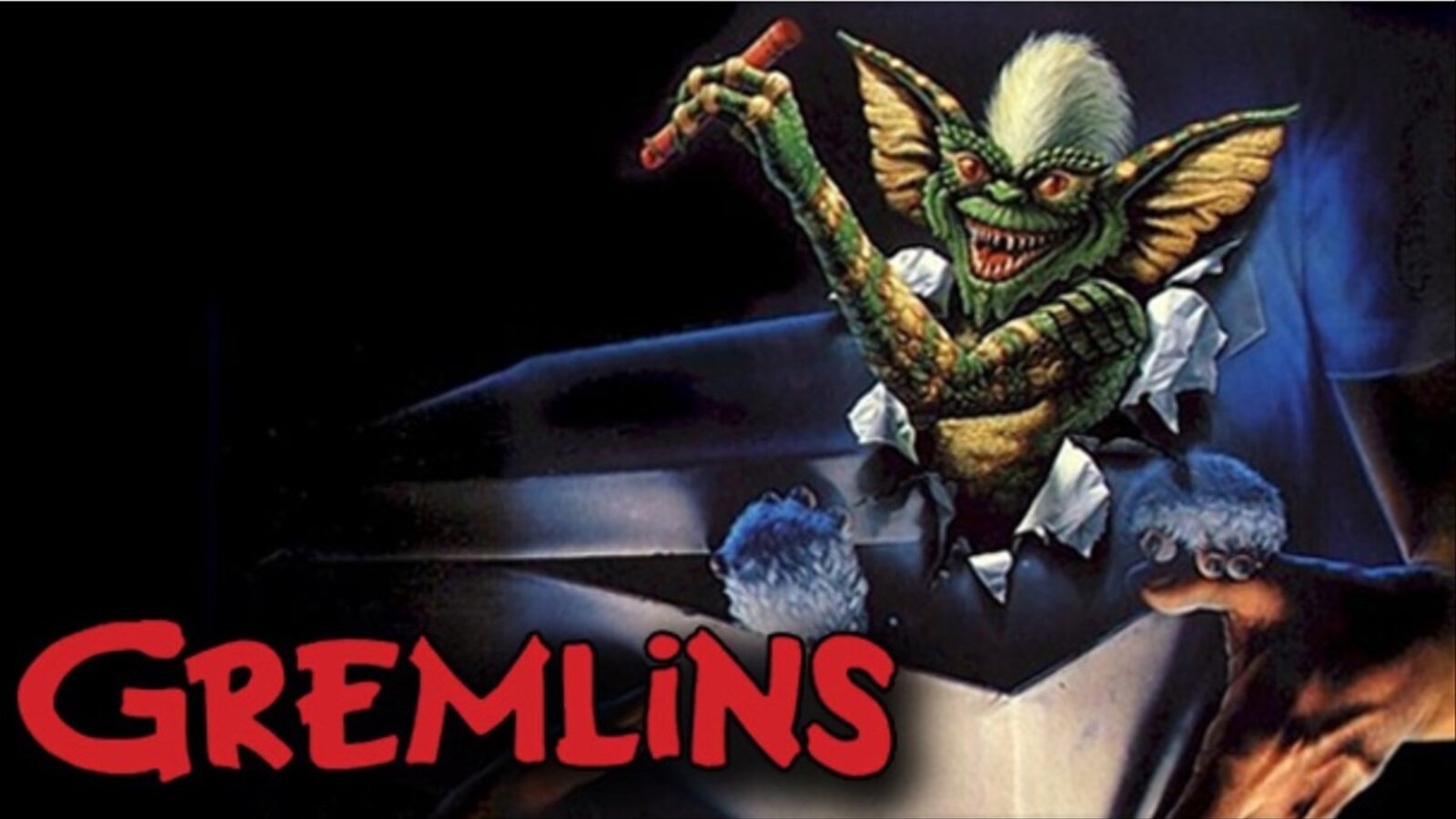
Arriving the same day as Ghostbusters, Joe Dante and Steven Spielberg’s Gremlins was the perfect mix of horror, comedy, and savvy marketing. All kids in the ‘80s were obsessed with the cute Mogwai Gizmo and his malevolent gremlin children. The gremlins were the introduction to horror for millions of us. The movie was a huge box office hit and a merchandise bonanza, with toys and shirts and pajamas and cereals everywhere that year, especially at Christmas.
Despite only having one sequel film, Gremlins 2: The New Batch (1990), the amount of rip-offs like Ghoulies and Critters form their own Gremlins legacy. These days, the original Gremlins still continue on, with Max’s Gremlins: Secrets of the Mogwai animated series. The commercial for Mountain Dew that aired a few years ago showing an older Billy (Zach Galligan) and Gizmo was also a sensation. People have lots of affection for this movie, even forty years later.
The Karate Kid (June 22)
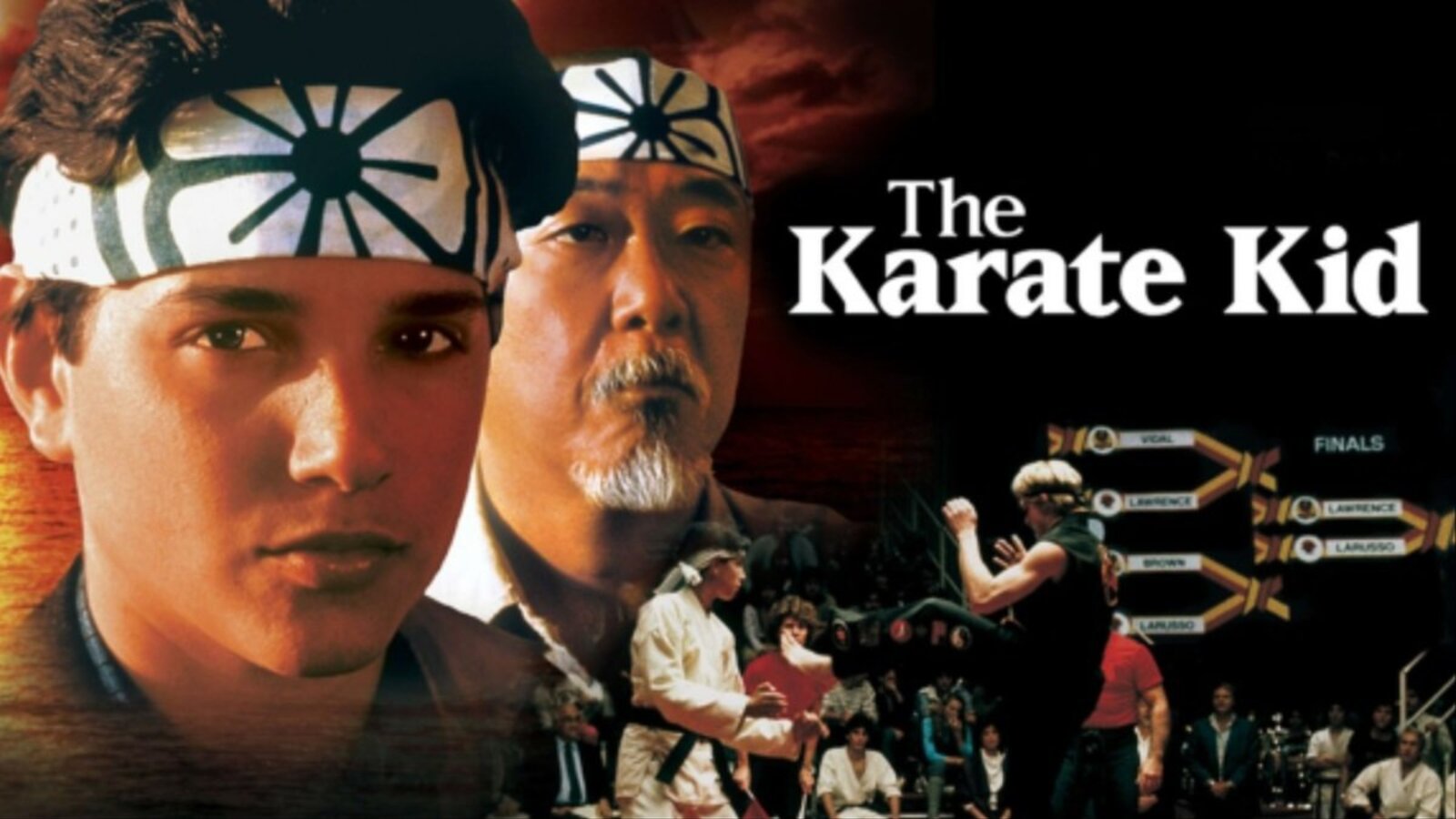
When John G. Avildsen’s The Karate Kid hit theaters, it featured no known stars, except the old man who played Arnold on Happy Days (Pat Morita). Certainly not enough to expect massive box office and critical success. But something about this story about a kid from New York (Ralph Macchio) coming to California and finding his own self-worth via martial arts clicked with viewers. Who would have thought that this little coming-of-age story similar to Rocky would resonate for decades?
The Karate Kid launched two successful sequels. There was also a short-lived cartoon, and spin-off, and eventually, a 2010 remake. But the true testament to The Karate Kid’s staying power? It is the massive success of Cobra Kai on Netflix, a direct legacy sequel series to the first film, starring almost all of its surviving cast. Cameras will soon roll on yet another Karate Kid film installment, once again starring Macchio as Daniel LaRusso. At this point, we expect to still have Ralph Macchio as Daniel-san in our lives when he’s 80. It’s all because he made a heartwarming and memorable movie way back in 1984.
The Last Starfighter (July 13)
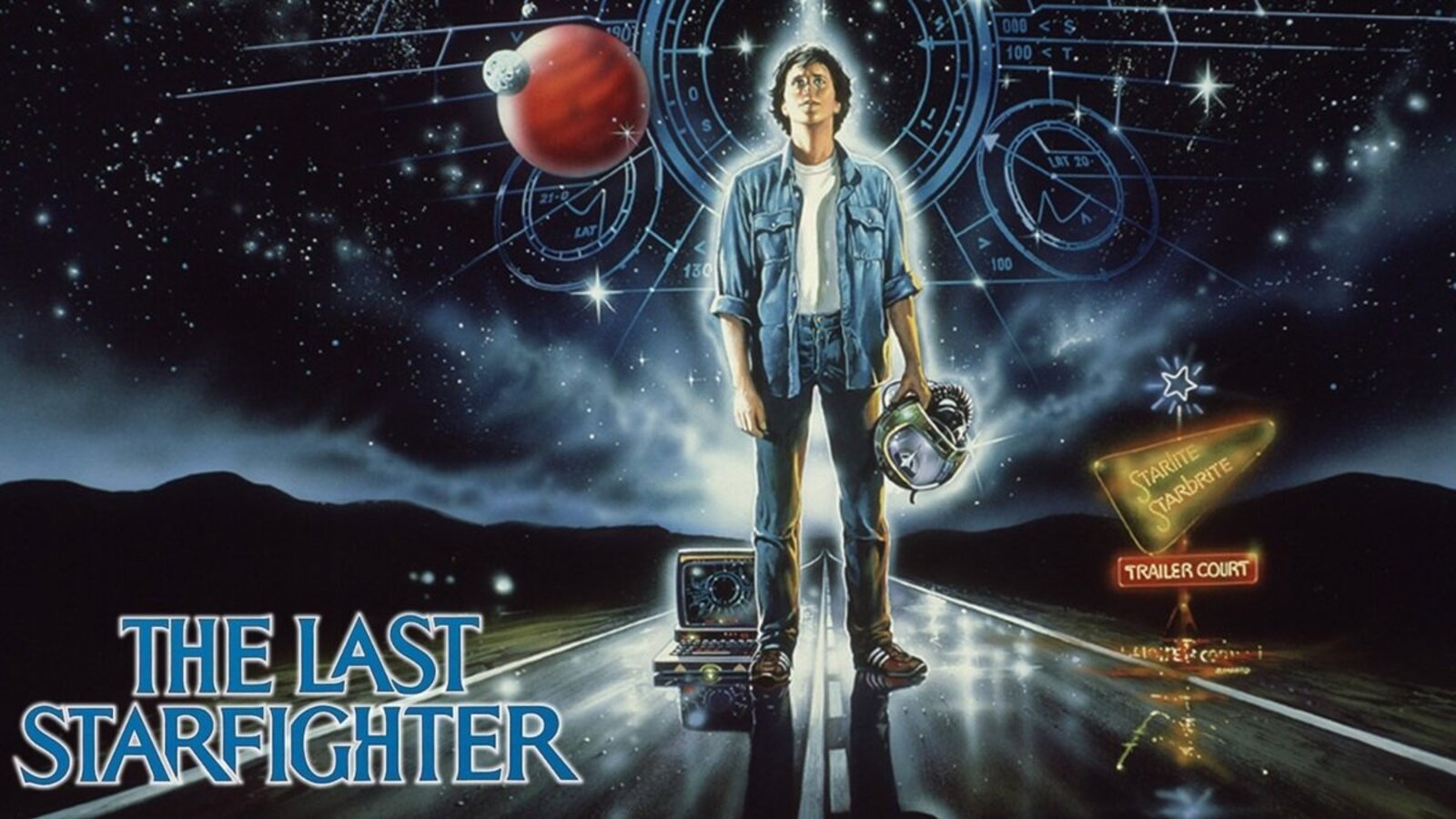
The Last Starfighter, directed by original Halloween Michael Myers actor Nick Castle, was a minor sci-fi hit when it came out. It certainly couldn’t compete with the two titans of the day, Star Wars and Star Trek. Still, many found the story of a video game ace (Lance Guest) recruited into fighting an intergalactic war true wish fulfillment. Thanks to an afterlife on home video and basic, it became a cult classic. Nevertheless, despite sequels and reboots being announced for this film for decades now, none ever happened.
So what is its enduring legacy? Simply, it was the first major sci-fi movie set in space (we know TRON was first overall) to primarily use computer-generated imagery (CGI) instead of models and practical effects. By today’s standards, these primitive CGI effects have not aged very well. However, The Last Starfighter paved the way for wide-release movies to lean on CGI. Many cite T2 or Jurassic Park as the catalysts for CGI in films. But The Last Starfighter walked so they all could run.
Purple Rain (July 27)
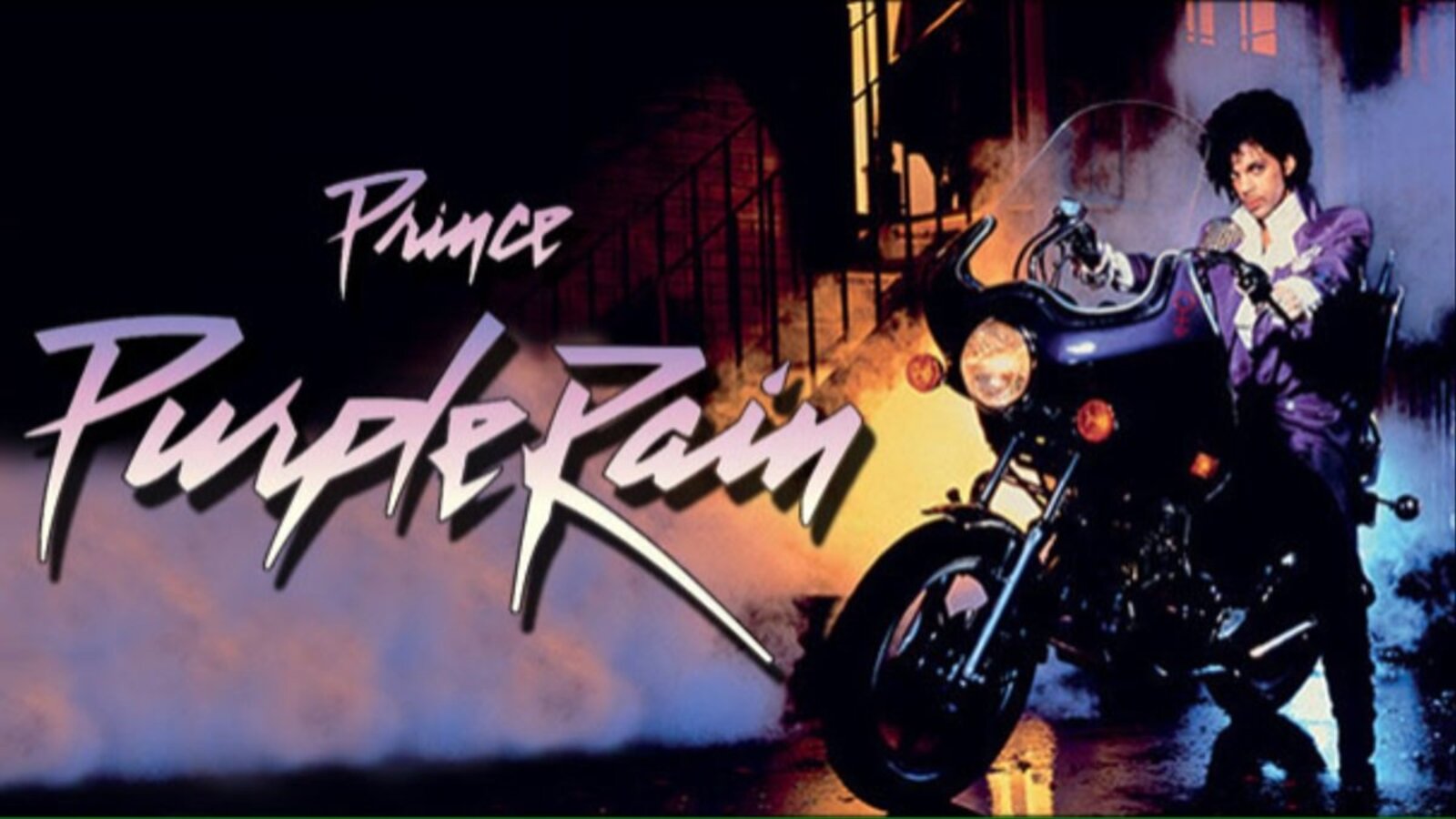
When Prince’s semi-autobiographical film Purple Rain came out, it took the eccentric rock star, already low-key famous thanks to hits like “1999,” and turned him into a bonafide megastar. The film’s soundtrack had already been out for months before the film’s July release, with a successful lead single, “When Dove Cry.” This was a genius marketing move on Warner Bros.’ part, who released the film and also had Prince in a recording contract. Who didn’t want to see Prince and the Revolution on the big screen, performing all these killer songs we’d come to love?
So why does Purple Rain, the film, endure? (There’s no question as to why the soundtrack does.) The acting of Prince and his bandmates was questionable. The blatant sexism on display was hard to watch and the plot barely existent. However, 45% of this film is musical performances/montages. Therefore, Purple Rain feels like living in Prince’s brain for two hours. And that’s always entertaining. Songs from the film from other acts that weren’t on the soundtrack became hits. That’s the Purple Rain effect. Today, a Broadway musical is in development based on the film. Without a doubt, the true legacy of Purple Rain is making Prince one of the biggest musical acts on Earth. He’s been gone for years, but he still reigns as a legend.
The Terminator (October 26)
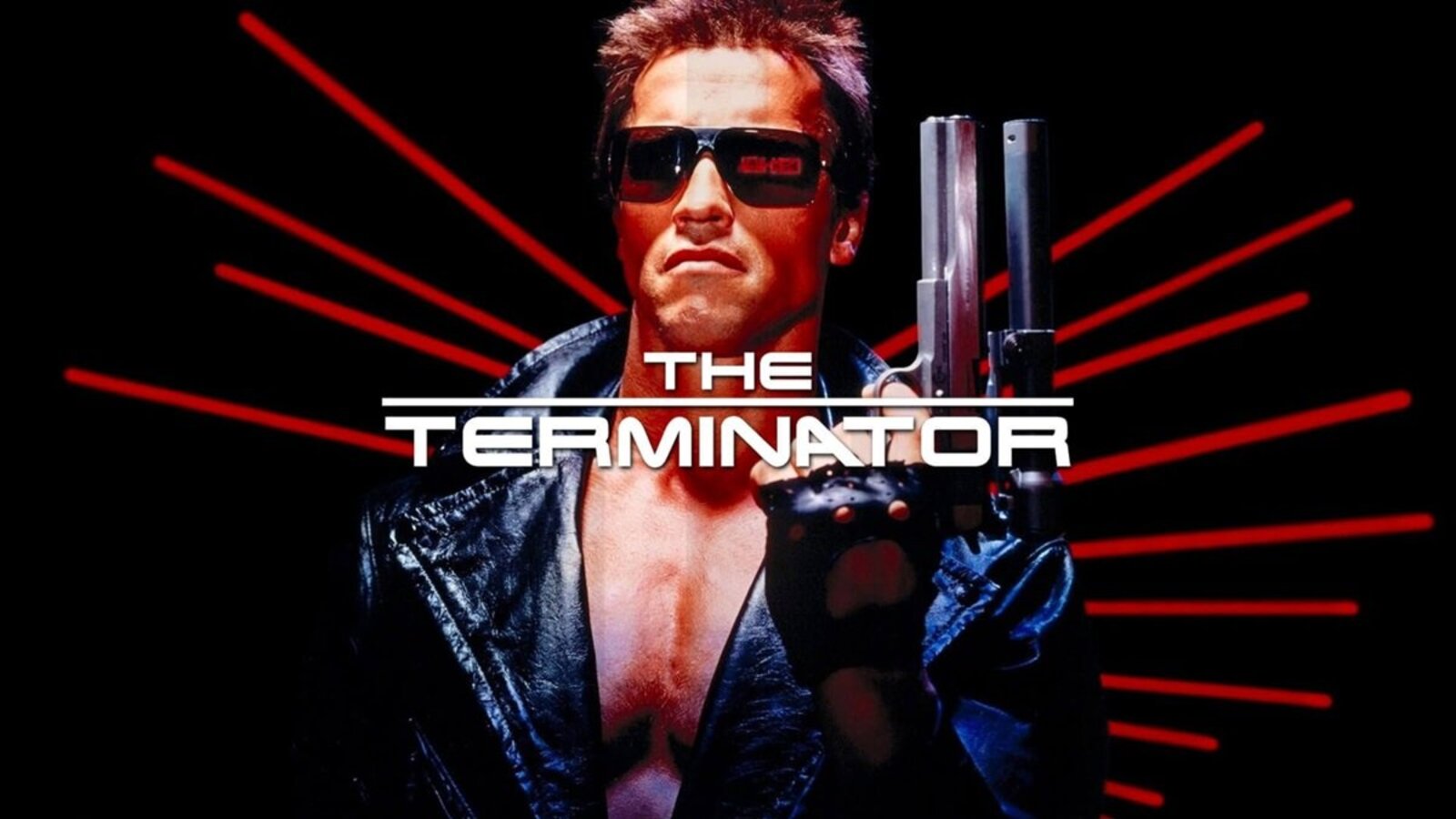
Where do we even start with James Cameron’s classic low-budget sci-fi movie? The post-apocalyptic/time-travel/killer cyborg thriller The Terminator launched the career of James Cameron. He’s one of the most successful directors in cinema history, thanks largely to Titanic and the Avatar films. It also turned Arnold Schwarzenegger into a bonafide movie star, proving Conan the Barbarian (1982) was not a fluke. Hollywood history is 100% different without this movie’s success. It’s also a damn great film.
All of that aside, The Terminator launched a franchise that continues to this day, even if people only really love the second film, 1991’s T2: Judgement Day. (There’s some love for the TV series The Sarah Connor Chronicles, too.) Despite the last several films faltering, this is a franchise that just refuses to die. Netflix is planning a new Terminator anime series, which should arrive in 2024. When Arnold’s T-800 said “I’ll be back,” he wasn’t kidding. The Terminator continues to prove he can’t be stopped, can’t be reasoned with, and absolutely can’t be killed.
A Nightmare On Elm Street (November 9)
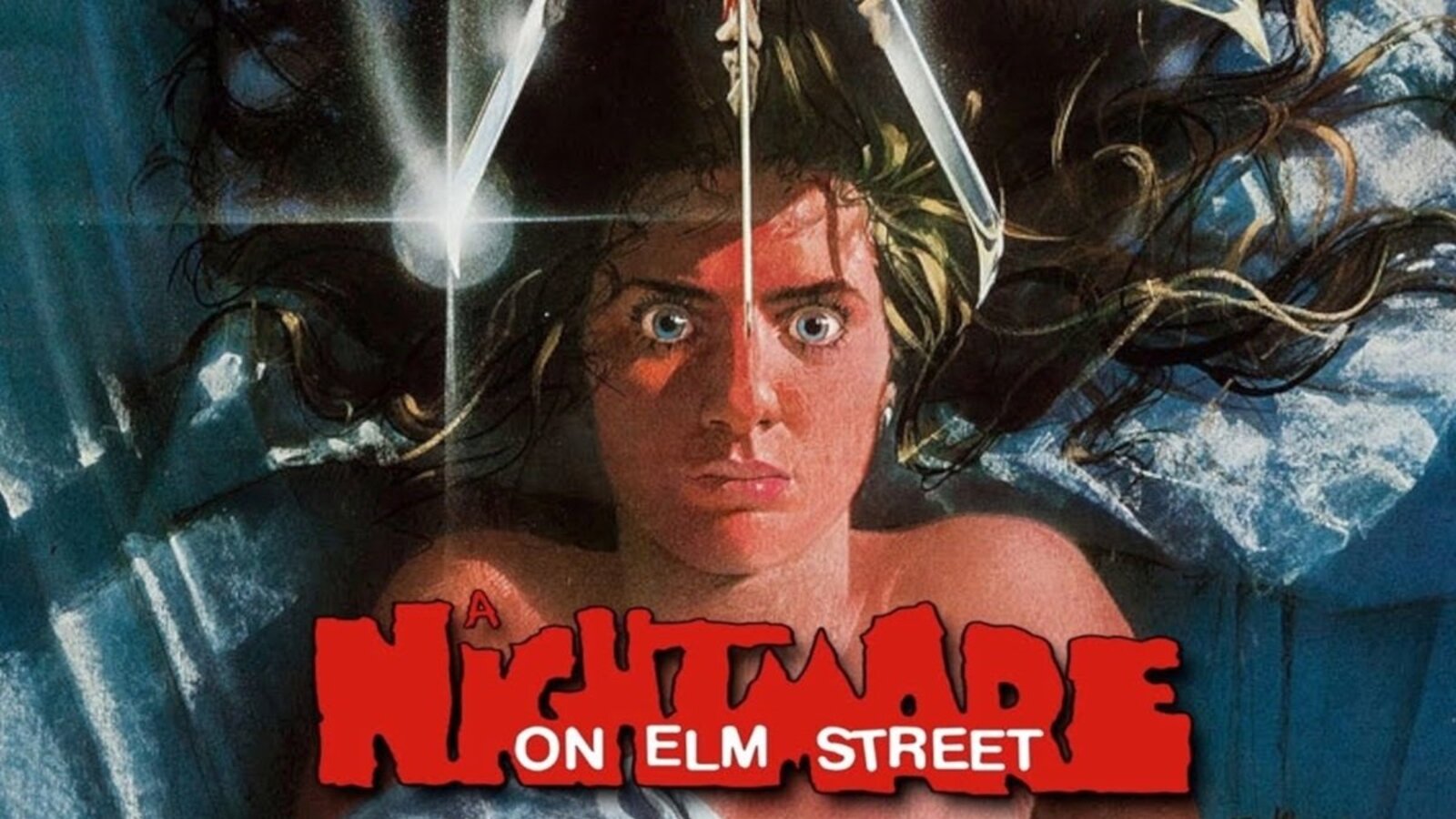
“One, two, Freddy’s coming for you.Three, four, better lock your door.” Even today, kids born decades after Wes Craven’s movie hit theaters know that creepy nursery rhyme, and have heard the name Freddy Krueger. Craven’s 1984 horror masterpiece, about a dead serial killer who stalks suburban teens in their dreams, was the sleeper horror hit of the year (pun intended). The film made longtime working actor Robert Englund into a horror icon overnight. Very few horror characters have become as instantly iconic as Freddy Krueger, with his burnt face, torn fedora, and razor-sharp claws.
The success of A Nightmare on Elm Street resulted in 6 direct sequels, a TV series, and a 2010 remake we won’t speak of anymore. The film’s dream stalker has become part of the pop culture lexicon. At Halloween time, you still see Freddy Krueger merch and decorations and costumes galore. Freddy remains a cash cow to this day and an indelible part of American culture. And one day, we believe he will rise in cinemas once again. Even if he didn’t and just stayed in our nightmares, Freddy’s cultural staying power would remain.
Beverly Hills Cop (December 5)
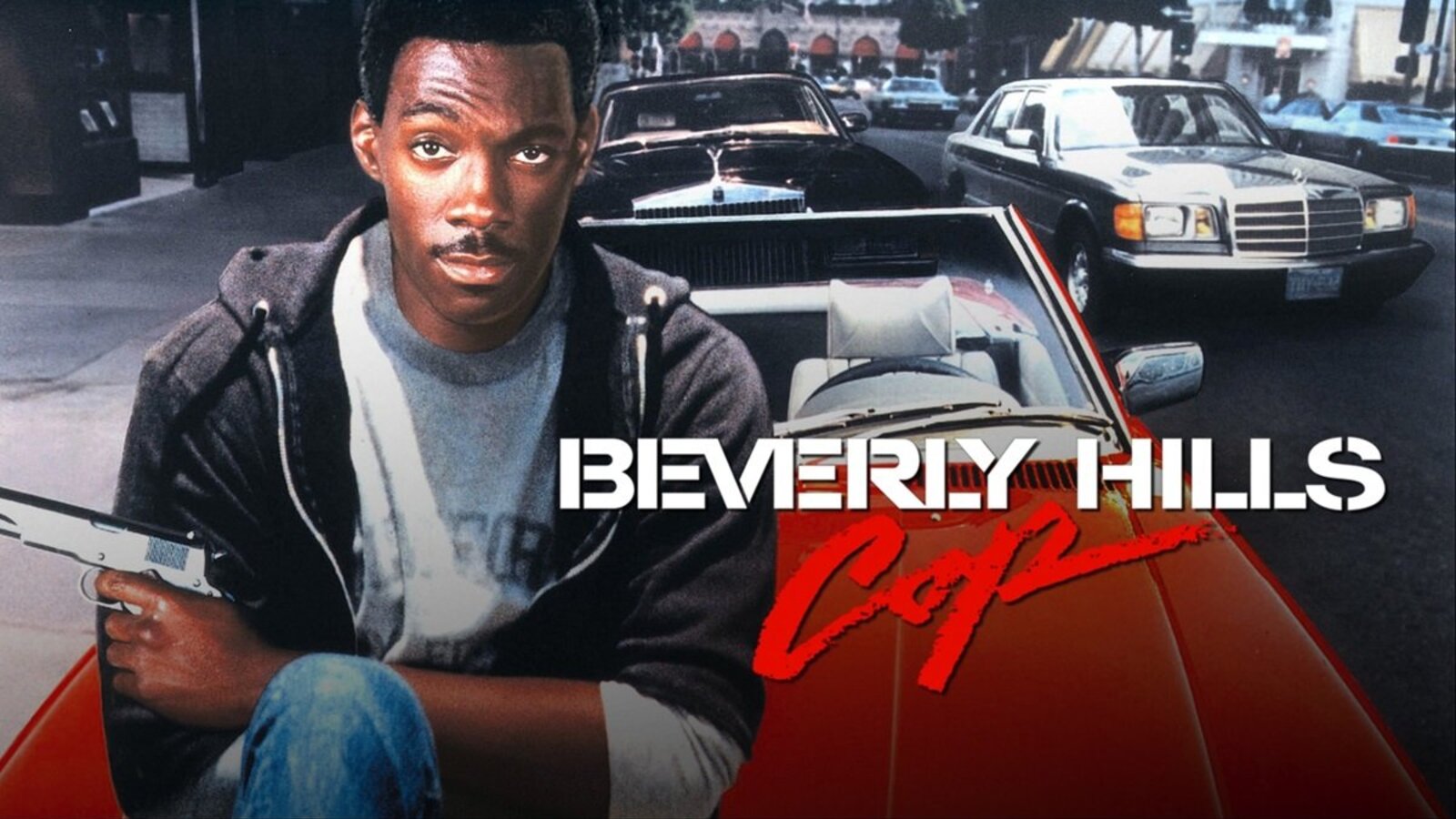
By the time Beverly Hills Cop came out in December of ’84, Eddie Murphy was already the breakout star of Saturday Night Live. He’d also starred in successful comedies like 48 Hours and Trading Places. However, Beverly Hills Cop, where he starred as a fish-out-of-water Detroit cop in Los Angeles, made him a global megastar at the box office. In many ways, the film made action-comedy popular. It became the biggest box office hit of 1984, making more money than any other movie on this list.
Martin Brest’s buddy cop comedy was so omnipresent culturally, that Murphy’s character of Axel Foley’s synthesized theme music from the film became a hit song. How random is that? Obviously, the success of Beverly Hills Cop cemented Murphy’s long run as a Hollywood box office draw. It also launched two sequels. Forty years later, Eddie Murphy is returning to the role in Beverly Hills Cop: Axel F for Netflix.
Dune (December 14)
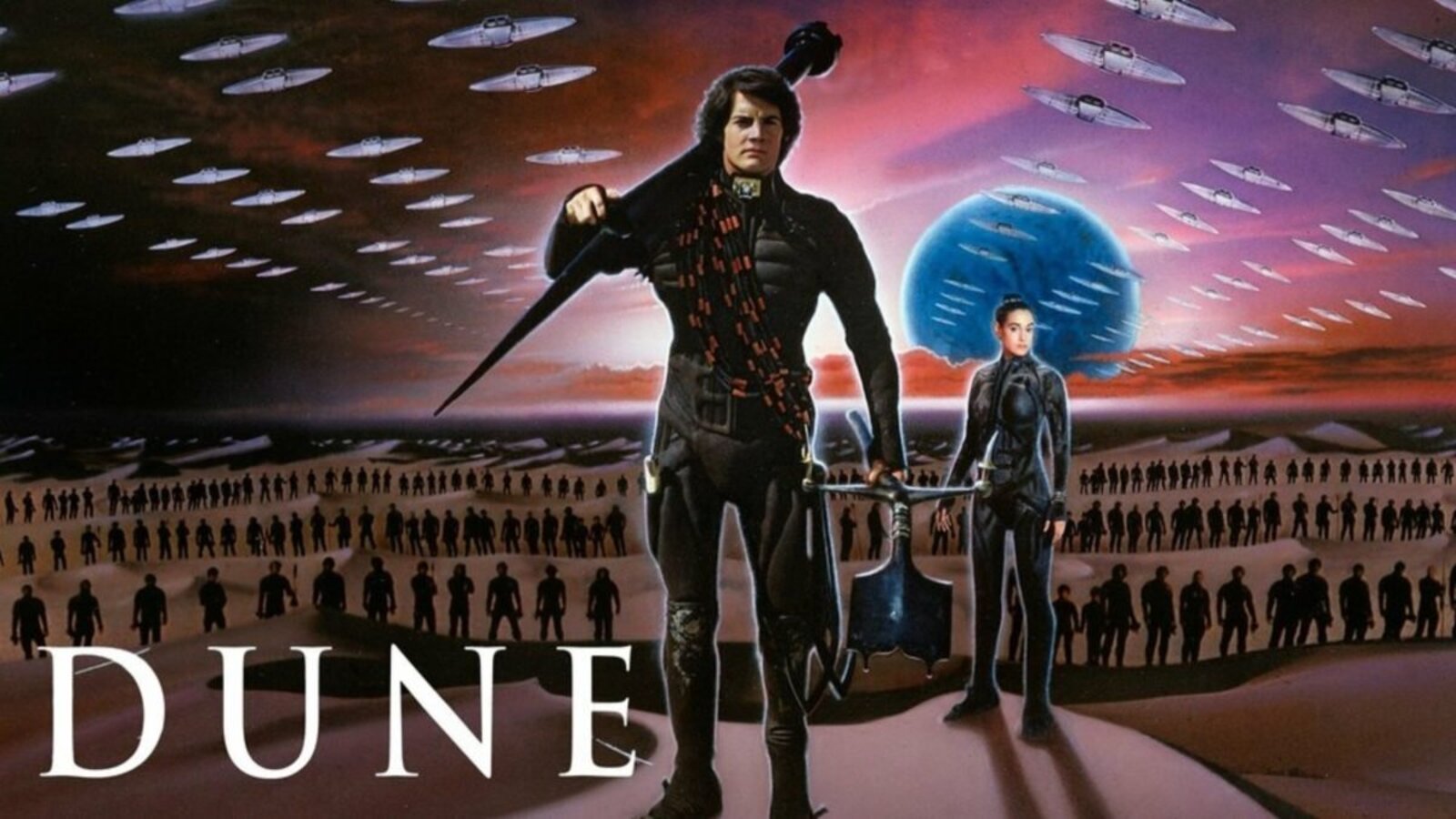
Let’s not mince words. David Lynch’s original adaptation of Frank Herbert’s 1965 sci-fi novel Dune was a massive flop when it came out, commercially and critically. So much so, that it took almost four decades for another proper big-screen adaptation. Dune did become a cult favorite among some folks, thanks to endless TV airings. But its positive legacy today is because of its original failure, not in spite of it.
Lynch was so unhappy with the final cut of the film, that he asked its producer, Dino De Laurentiis to do him a solid and give him a small-budget film of his own to direct next. That film was Blue Velvet. The success of Blue Velvet is what really made Lynch a force in cinema. It ultimately led to Twin Peaks and Mulholland Drive. And because of the failure of Lynch’s Dune, it lit a fire under Herbert fan Denis Villeneuve to get a version made that truly did the book justice. And here we are, with David Lynch as a celebrated auteur, and two faithful versions of the novel that most everyone loves. But it only happened because the original flopped. Some things happen for a reason.
Other memorable films came out in ’84 of course. Starman, Red Dawn, Splash, and more. But most didn’t have a legacy that continues on in the same way as these others. When it comes to the sheer amount of movies with a lasting imprint, 1984 has no rival.
More must-reads:
- Which sports movies are the most inspirational?
- 20 of the most notable firsts in pop culture, from music to sports
- The 50 greatest film scores
Trending in Entertainment
Customize Your Newsletter
 +
+
Get the latest news and rumors, customized to your favorite sports and teams. Emailed daily. Always free!

